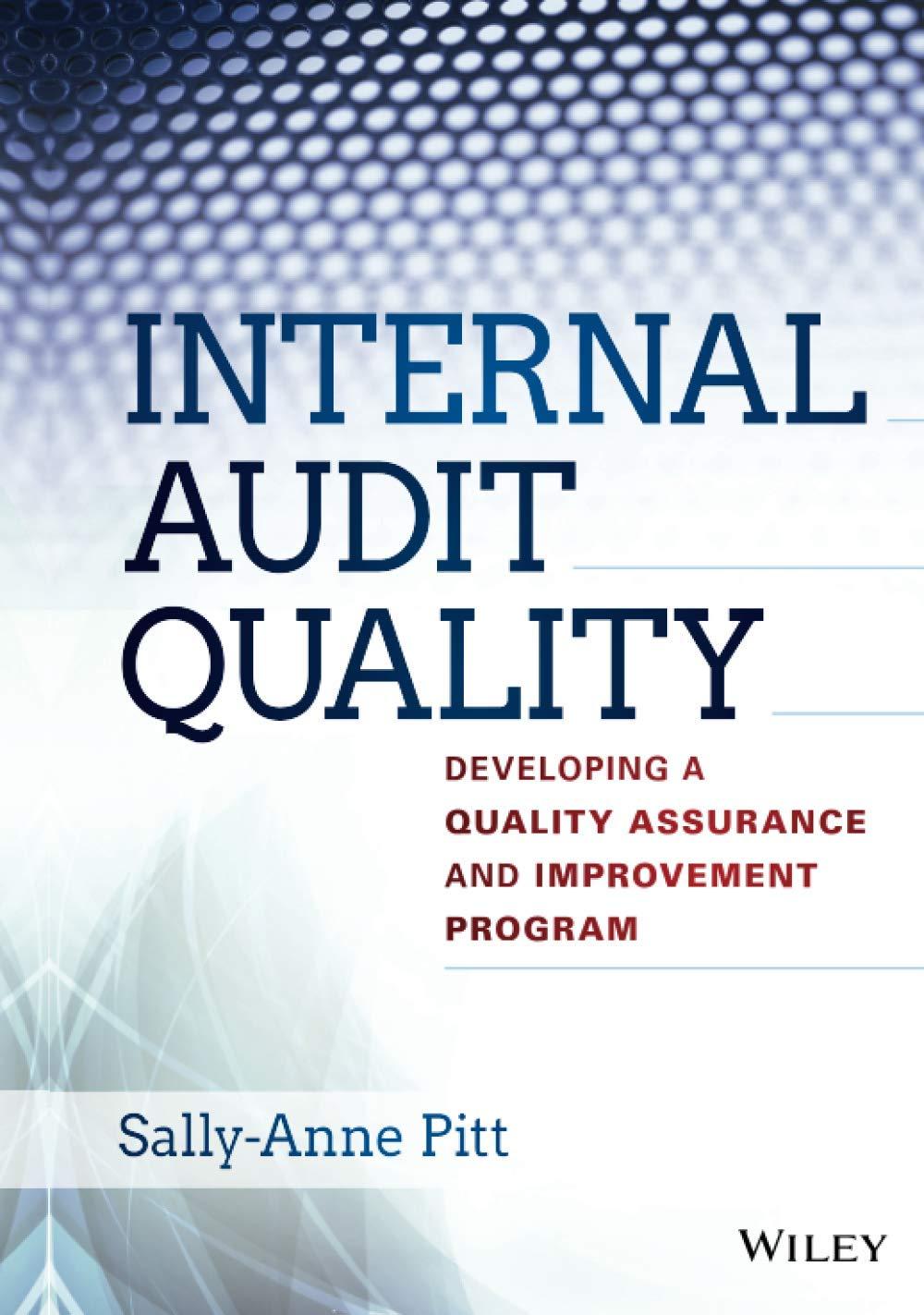Miniproject 8 Time 0.9 1.0 1.2 2.2 1.9 3.6 2.8 5.2 1.8 2.1 6,8 1.3 3.0 4.5 2.8 Question Group A This data file involves time spent in drive-throughs and fast food restaurants. It contains the time in minutes between pulling up to the menu board and receiving a filled order at the drive-through window for a randomly selected 30 customers, Use this problem to answer Questions 1 through 9 1. Find a point estimate of the population mean drive-through time at fast-food restaurants, 2. Find a point esimate of the population standard deviation 3. Using your answers to numbers 1 and 2, compute a 99% confidence interval by hand (note that we do not know the population standard deviation) 4. Find the margin of error for a 99% confidence interval S. Find the 99% confidence interval for the population mean drive-through time. Your answer should agree with what you obtained number 3. 6. Would you conclude that it is reasonable that the average drive-through time is 6 minutes? Why or why not? 7. Is it possible that the average drive-through time is 4 minutes? Why or why not? 8. Find the margin of error for a 95% confidence interval. 9. What happens to the margin of error as the confidence level decreases? 23 2.7 5.7 48 3.5 2.6 3.3 5.0 4.0 7.2 9.1 2.8 3.6 7.3 9.0 10. A credit card company wants to determine the average amount their customers spend per month. They would like to have a margin of error of $200 for a 95% condence interval. Past data suggest that the population standard deviation is $1000. How many customers should the company survey? 11. Which would be hardest for you to give up: your computer or your television? In a recent survey of 1677 college students, 74% of them say their computer would be very hard to give up. Only 48% say their television would be very hard to give up. (a) Develop a 95% condence interval for the proportion who would find it very hard to give up their computer (b) Develop a 95% condence interval for the proportion who would find it very hard to give up their television (c) Can you conclude that a higher proportion would find it dicult to give up their computer than their television? Why or why not? 12. A state's environmental agency worries that a large percentage of cars may be violating clean air emissions standards. The agency hopes to check a sample of vehicles in order to estimate the proportion violating the standards with a margin of error of 0.03 with 90% condence. A pilot study surgested that this proportion was 0.15. How many cars should be sampled for a full investigation? Miniproject 8 Time 0.9 1.0 1.2 2.2 1.9 3.6 2.8 5.2 1.8 2.1 6.8 1.3 3.0 4.5 2.8 Question Group A This data file involves time spent in drive-throughs and fast food restaurants. It contains the time in minutes between pulling up to the menu board and receiving a filled order at the drive-through window for a randomly selected 30 customers, Use this problem to answer Questions through 9 1. Find a point estimate of the population mean drive-through time at fast-food restaurants, 2. Find a point esimate of the population standard deviation 3. Using your answers to numbers i and 2, compute a 99% confidence interval by hand (note that we do not know the population standard deviation) 4. Find the margin of error for a 99% confidence interval S. Find the 99% confidence interval for the population mean drive-through time. Your answer should agree with what you obtained number 3. 6. Would you conclude that it is reasonable that the average drive-through time is 6 minutes? Why or why not? 7. Is it possible that the average drive-through time is 4 minutes? Why or why not? 8. Find the margin of error for a 95% confidence interval. 9. What happens to the margin of error as the confidence level decreases? 23 10. A credit card company wants to determine the average amount their customers spend per month. They would like to have a margin of error of $200 for a 95% condence interval. Past data suggest that the population standard deviation is $1000. How many customers should the company survey? 2.7 5.7 48 3.5 2.6 3.3 5.0 40 7.2 9.1 2.8 3.6 7.3 9.0 11. Which would be hardest for you to give up: your computer or your television? In a recent survey of 1677 college students, 74% of them say their computer would be very hard to give up. Only 48% say their television would be very hard to give up. (a) Develop a 95% condence interval for the proportion who would find it very hard to give up their computer. (b) Develop a 95% condence interval for the proportion who would find it very hard to give up their television (c) Can you conclude that a higher proportion would find it dicult to give up their computer than their television? Why or why not? 12. A state's environmental agency worries that a large percentage of cars may be violating clean air emissions standards. The agency hopes to check a sample of vehicles in order to estimate the proportion violating the standards with a margin of error of 0.03 with 90% condence. A pilot study suggested that this proportion was 0.15. How many cars should be sampled for a full investigation








